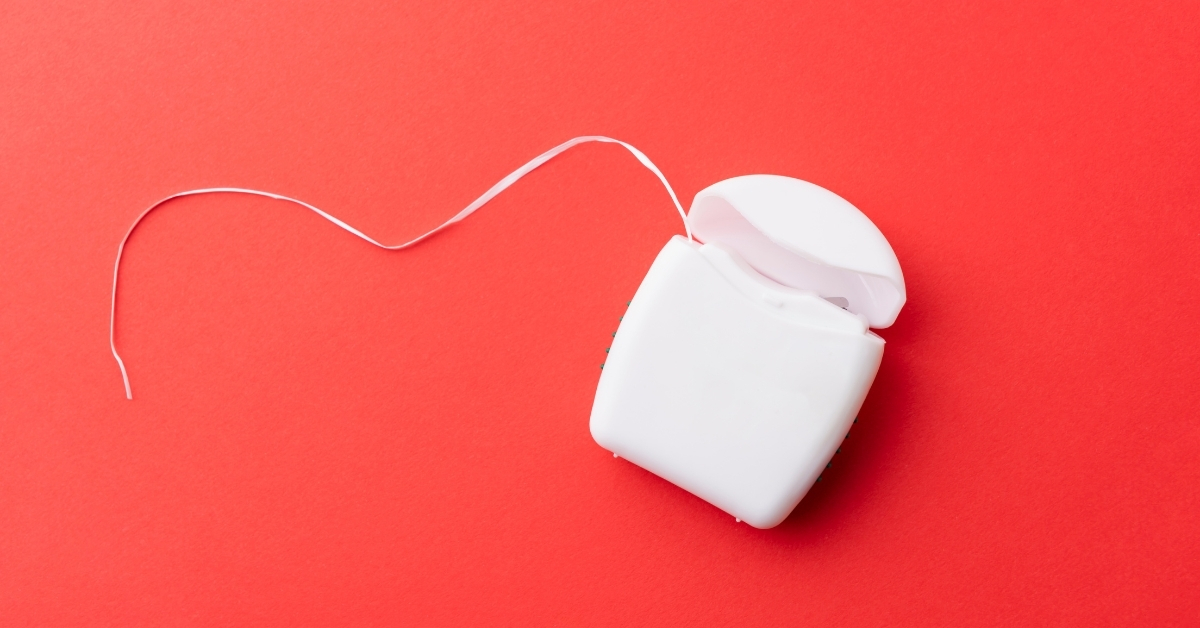Dental Floss Could Be the Future of Vaccines

The world of dental floss is undergoing some radical technological advancements. It appears that medical researchers worldwide are simultaneously discovering that one of the most effective ways to reach the rest of the body is through the gumline.
I recently wrote about a new, experimental kind of dental floss that can determine stress levels. Today, in a bizarre twist on that idea, scientists have figured out how to turn dental floss into a flu vaccine delivery system.
In a new study published in Nature Biomedical Engineering, researchers revealed they could trigger immune responses in mice by coating floss with proteins and an inactive flu virus, then jamming it between their tiny teeth. Finally, a product that unites the worlds of anti-flossers and anti-vaxxers.
Dental Floss as a Flu Vaccine? It Could Happen Soon.Vaccines typically struggle to work in the mouth because it’s a hostile environment for foreign substances. But a nanomedicine researcher at North Carolina State University named Harvinder Gill had a eureka moment while reading about gum disease.
Turns out the little trench between your teeth, the gingival sulcus, is unusually good at absorbing molecules. Gill figured, hey, why not slip some vaccines in there? That way, people like me, who are terrified of needles and are only moderately annoyed by flossing, can get vaccinated while removing the gunk from between my teeth. Win-win.
Gill and his colleague Rohan Ingrole did what no sane person had ever tried before: they flossed a mouse. The procedure involved one person holding open the rodent’s mouth with a keychain ring while the other flossed its gums with vaccine-laced thread.
It sounds absurd, because it absolutely is. Science is both ridiculous and miraculous, in an efficient, down-to-earth, and nondenominational way. The method was insane, and I would’ve paid money to have seen it in person, but it worked.
About 75 percent of the protein on the floss made it into the mice’s gum tissue, and two months later, their immune systems were running at full capacity. Antibodies showed up not just in saliva, but in the lungs, feces, spleen, and even bone marrow.
They reran the experiments, but more: 50 mice were flossed with an inactive flu virus. After three floss sessions, the researchers exposed them to the real flu virus to see how their vaccinated mouse bodies would handle it. Every vaccinated mouse survived. The unvaccinated ones didn’t. RIP to the unvaccinated mice.
To get a general sense of whether the method can work in humans, the researchers used floss picks coated with food dye. Approximately 60 percent of the dye was absorbed into the gums of the 27 participants. Most said they’d much prefer flossing over a needle, so the idea of a floss-based vaccine may not be so outlandish after all.
The post Dental Floss Could Be the Future of Vaccines appeared first on VICE.